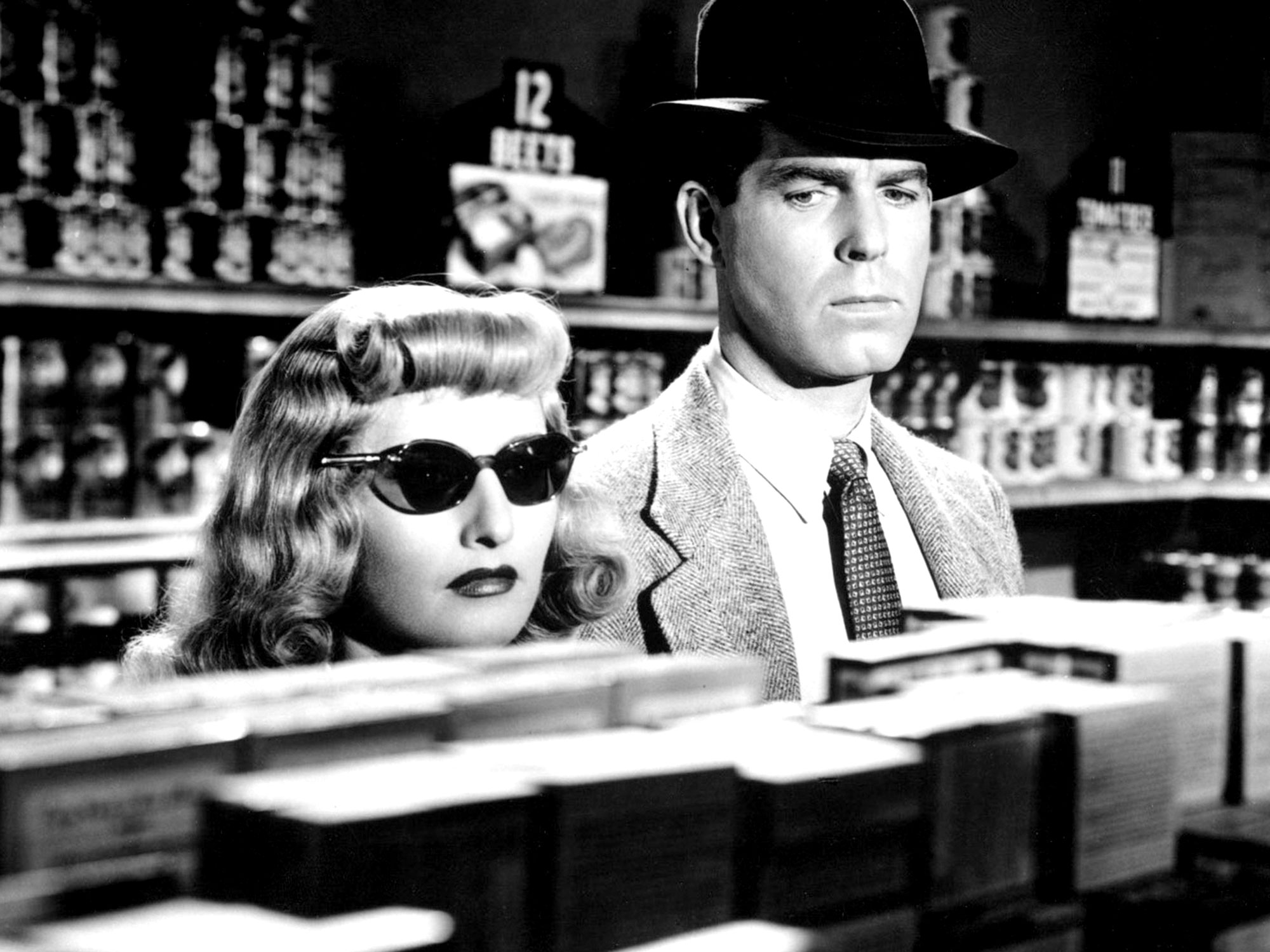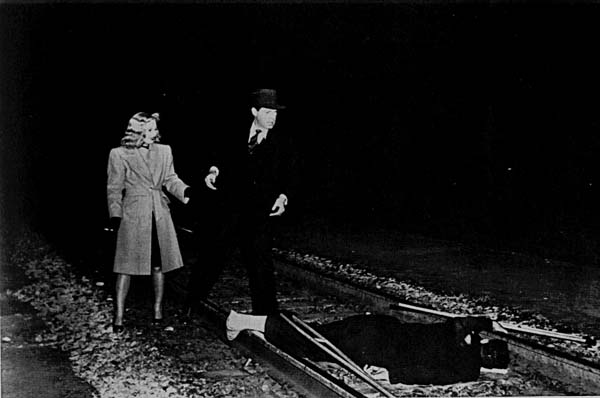

Like most film noir heroes, he is doomed from the start. Fred MacMurray as insurance salesmen Walter Neff perfectly embodies the film noir hero who is a combination of kind-hearted softy, hopeless sap and ruthless murderer. He usually gets into this situation because his common sense and moral fibre go astray when he is tempted by money, a woman, or, as in the case of Double Indemnity, both. Although film noir stories are often about a small time private detective who gets way out of his depth, the leading male character, as in the case of Double Indemnity, can also simply be an average guy who gets embroiled in a situation that he has no control over.
#Walter neff double indemnity analysis plus#
The world of film noir reflects both the post World War II survival at all cost mentality plus the ruthless desire to overcome any obstacle by any means necessary to achieve the American Dream. (1950), plus other classics including the comedy Some Like It Hot (1959). He later directed another defining film noir, Sunset Blvd. Double Indemnity was not Wilder’s first film as director but it was the one that established his career and he is still regarded today as one of the all time great directors. Double Indemnity director Billy Wilder, an Austrian born scriptwriter with Jewish ancestry, was one of these filmmakers. The dramatic lighting style that characterises film noir can be traced back to the German Expressionist films of the late 1910s to the early 1930s as many filmmakers who had been working in the German film industry came to Hollywood when the Nazis came to power.
#Walter neff double indemnity analysis full#
In Double Indemnity, and many other film noir, this use of shadows portrays the environment that the characters live in as dangerous and full of corruption, mystery and violence, inhabited by people with dubious motives and ambiguous morals. Double Indemnity is an incredibly dark film with characters emerging from darkness, shadows obscuring the faces of the characters and a strong prevalence of Venetian blinds casting striped shadows over everything in shot. This label referred to the low-key lighting that is arguably the most defining feature of film noir and it is a key element of Double Indemnity‘s cinematography. The actual term film noir was not known to many American filmmakers of the time as the term originated from French critics who were the first to recognise the trend in Hollywood for making what translates literally into English as “black film”. Some regard it as a genre that adheres to particular stylistic and narrative devices while others argue that it is a stylistic movement that defines 1940s and 1950s America. Chandler’s contribution to the detective genre cannot be overstated and all his novels have been adapted for the screen, most notably the 1946 version of The Big Sleep, directed by Howard Hawks. Cain also wrote the novel The Postman Always Rings Twice, which was adapted for the screen several times but most notably for director Tay Garnett’s 1946 film. Cain wrote the original novel, from which the film was adapted, and Raymond Chandler did the co-adaptation. It is hardly surprising that Double Indemnity is filled with some of the best examples of hardboiled language as two legends of hardboiled fiction contributed to the script. Another characteristic of hardboiled fiction and film noir is the first person narrator, which Double Indemnity also incorporates. Double Indemnity is filled with wonderful examples of this style of hardboiled dialogue and many of the early scenes between Walter Neff (Fred MacMurray) and Phyllis Dietrichson (Barbara Stanwyck) are filled with suggestive, evocative and witty lines that the pair trade as if sparring with one another. The dark tone of Double Indemnity, both visually and thematically, the anti-hero who is led astray by greed and lust, and the seductive yet deadly femme fatale are all essential film noir ingredients.įilm noir can trace its origins back to the violent and glamorous gangster films of the 1930s but also to the hardboiled crime fiction that emerged from the Depression that was characterised by witty, sardonic and creatively descriptive dialogue.

The characters, scenario and stylistic elements of Double Indemnity all perfectly represent this group of Hollywood films from the early 1940s to the late 1950s. Not only is Double Indemnity one of the archetypal films known as film noir but it is regarded by many as the first true film noir. “I didn’t get the money and I didn’t get the woman.”


 0 kommentar(er)
0 kommentar(er)
